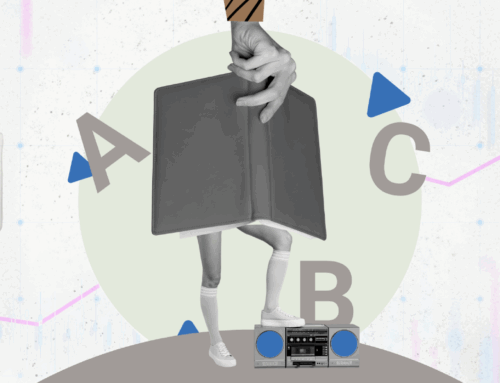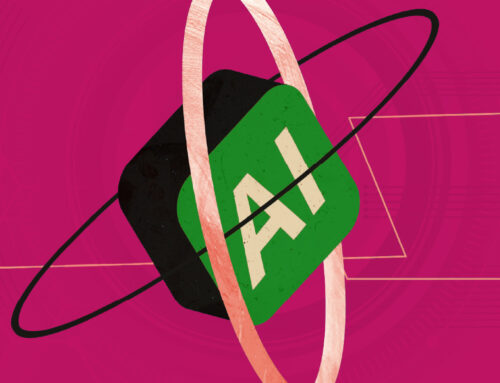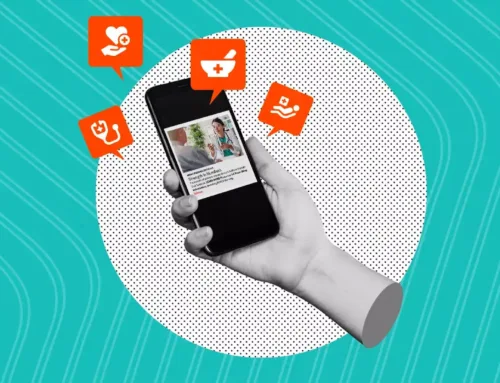A Comparison of Web and Psychosocial Development
It’s easy to draw parallels between our lives and the industry you work in, especially when you are looking for it. Additionally, the longer you work within a trade, the closer you feel; I feel the pulse. Well, at least a murmur every now and then. Everybody evaluates their career and in turn begins to ponder the lifespan of their industry as well. To remain good at what I do, I constantly watch for emerging trends within Web Design and Development. This got me to thinking: If my field moves this fast, then how old is it actually? Imagine dog years, except for online communication. Ok so its old, big deal, nothing to write about. But, like a person, has it matured? It might be a stretch, but some of the research Erik Erikson has done on the stages of healthy human development might also relate to the web experience. Let’s take a look at the 8 stages of maturity:
- Hopes: Trust vs. Mistrust
(Oral-sensory, Birth-2 years) - Will: Autonomy vs. Shame & Doubt
(Muscular-Anal, 2-4 years) - Purpose: Initiative vs. Guilt
(Locomotor-Genital, Preschool, 4-5 years) - Competence: Industry vs. Inferiority
(Latency, 5-12 years) - Fidelity: Identity vs. Role Confusion
(Adolescence, 13-19 years) - Love: Intimacy vs. Isolation
(Young adulthood, 20-24, or 20-40 years) - Care: Generativity vs. Stagnation
(Middle adulthood, 25-64, or 40-64 years) - Wisdom: Ego Integrity vs. Despair
(Late adulthood, 65-death)
Oooh, interesting stuff. Here is how I think it matches up so far:
Stage 1: The Birth of the Internet
With hope we built easier long distance communication using email and static html pages. We dreamed bigger and satisfied our basic needs with the beginnings of best practices and standards for online development. We trusted in ourselves to make things better even with limitations with the current programming languages, design tools, and browser capabilities. Our response was akin to seeing a new world and the potential therein.
Stage 2: Quick Adoption
With browsers still battling for dominance, the best tool for the job took a back seat to marketing tactics, preinstalls, proprietary, etc. There was still a lot of doubt in the first few years. Fortunately, early adopters don’t worry enough to have shame hold them back. Their home, confidence and passion helped explode usage and growth.
Stage 3: The Bubble
It quickly became obvious that there was a ton of money to be made in this new technology sector. With initiative aggressively focused on profit, people forget the original purpose. Without purpose the internet’s value diminished.
Stage 4: Content is King
In the aftermath of the browser wars and dot-bombs, lingering shame and guilt pose the question of how the internet could still be of value. Afraid of being led by corporate interest or financial scams, users approach with caution and begin to research options more thoroughly. The web slowly changes it’s purpose from a consumer industry into a service industry similar to a library with a gift store in the back. Search engines and advertising drive site popularity while data-driven sites flourish.
Stage 5: Web 2.0
The body of the web becomes competent yet it’s mind struggles with how to present oneself. This “identity crisis” goes through its awkward phase by experimentation in user-centered design and user-generated content. The web is finally starting to grow up and learn how to perform, communicate and interact better; Fidelity strengthens.
Stage 6: Social/Mobile Era
At this stage, finding what you’re looking for quickly and effortlessly drives ROI. Although, websites enhanced by design and usability is only a perceived credibility. As internet usage becomes more and more part of everyday life, maintaining relationships and forming new ones take center stage. As users flock to social networks, word of mouth starts driving site popularity, and advertising shrinks. Users try to gain intimacy and avoid isolation. However, there is much skepticism as to whether this virtual practice degrades a relationship’s actual value. This sound very familiar to Erikson’s argument that intimacy has a counterpart: distantiation.
Stage 7 & 8: The Future
I believe this is where the internet’s cares are heading, still asking itself, “Will I produce something of real value?” We already wonder if it’s social involvement is productive or harmful to society. Will society need to reflect back on the internet and wonder whether or not it has wasted generations in pursuit of lives full of disappointments and unachieved goals? Hopefully this isn’t another setback. For now, the web experience will continue to pursue a more semantic and personalized approach. Perhaps someday it will do all of the work for us and eventually gain awareness.







